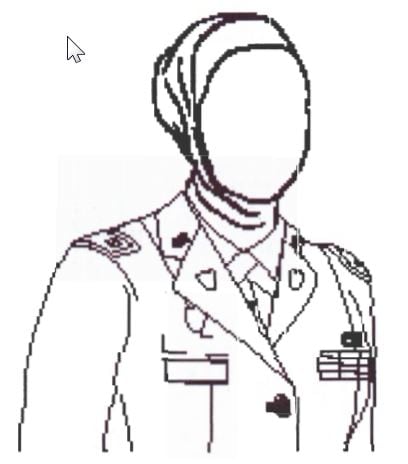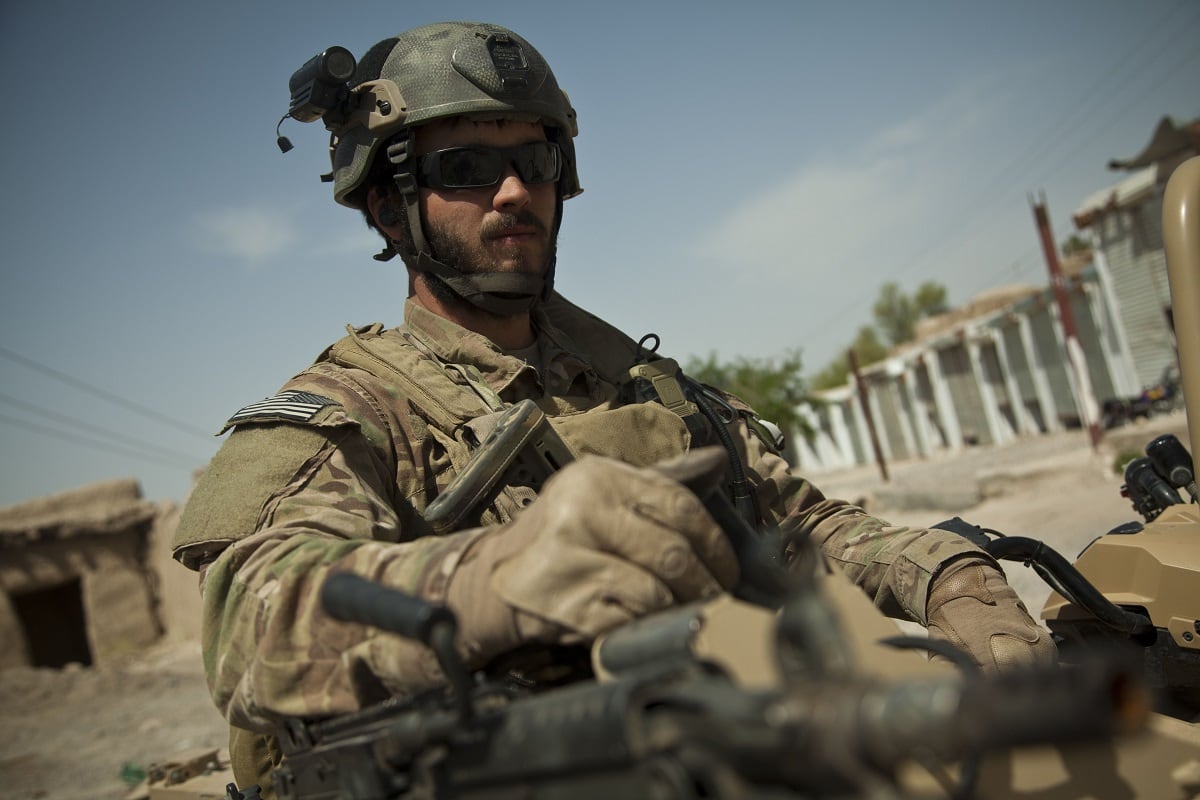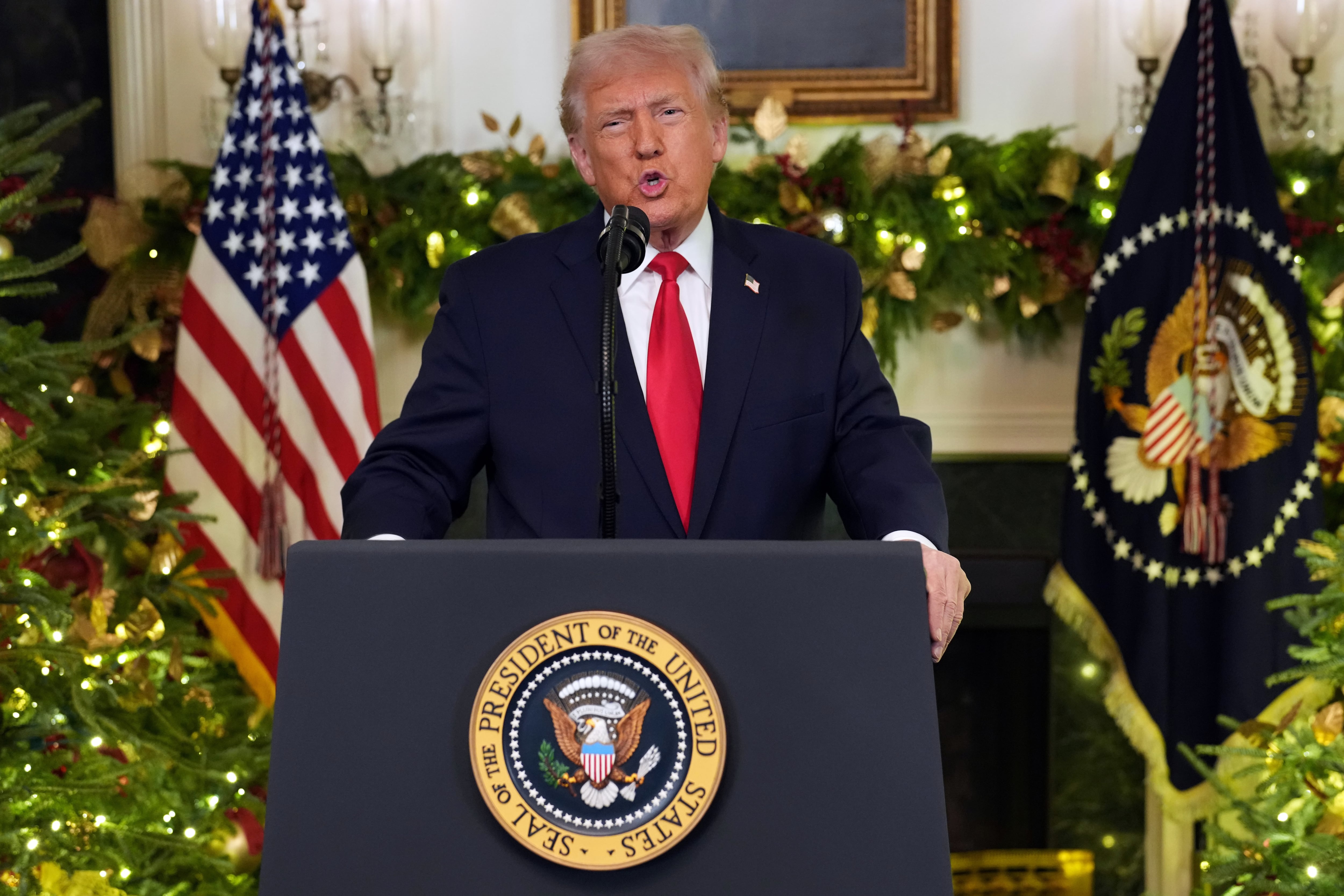Sgt. Cesilia Valdovinos was at a chapel at Fort Carson, Colorado, for a suicide prevention briefing on March 6 when she says her command sergeant major grabbed her by the arm, took her outside and made her remove her religious head covering in front of others.
The senior noncommissioned officer believed that Valdovinos, 26, who has an approved exemption from her brigade commander to wear a hijab in uniform, was wearing her hair out of regulations underneath it, she told Army Times on Tuesday.
“To me, it was the same thing as if they had asked someone to take their top off,” the soldier, a member of the 704th Brigade Support Battalion, said.

No one had asked her whether her hair was in a regulation bun, she added, before demanding that she remove the garment.
She took off the scarf portion of the covering first, she said, but Command Sgt. Maj. Kerstin Montoya demanded she completely expose her hair. When she removed the cap underneath, which covers her hairline and underneath her chin, the length of hair came loose from its bun.
The battalion adjutant, who accompanied Valdovinos and Montoya for the inspection, says that the senior NCO tapped the sergeant on her shoulder before leading her outside of the chapel.
“Upon removing her hijab it was evident her hair was completely down,” Capt. Brooke Smith said in a statement. “CSM Montoya told her to get her hair back in regulation and not let it happen again. At no point did CSM Montoya touch the soldier or yell at her (at all or within earshot of other soldiers).”
Valdovinos claims her hair was tied up under the hijab. The under-cap has an extra length of fabric inside, she explained, that she wraps around her bun to secure it before pulling the cap down. That’s why her hair came loose when she removed it, she said.
It was the first time since receiving her waiver that the soldier had ever been confronted about her hijab, she said. But not the first she felt targeted as a Muslim in the Army.
In an Equal Opportunity complaint filed on March 7, she said, she described her first sergeant referring to her as “the girl with the hood.” A culinary specialist, she said, she was recently reassigned from an on-post dining facility to her battalion’s headquarters company after objecting to cooking pork products.
And previously, she added, she reported to her company commander that while deployed last year, another soldier referred to her as a terrorist. The captain did not escalate the claim, she said.
“I take all reports of soldiers disrespecting another soldier’s religious beliefs, observances, or traditions very seriously," Col. David Zinn, the 2nd Infantry Brigade Combat Team, 4th Infantry Division commander who signed Valdovinos’ exemption memo, said in a statement. "There is currently an inquiry regarding Sgt. Valdovinos’ claim. I will ensure our unit continues our tradition of placing a high value on the rights of our soldiers to observe the tenets of their respective religions or to observe no religion at all.”
The inspection was a blatant act of Islamophobia, according to the head of the Military Religious Freedom Foundation, which represents Valdovinos.
“Unless this CSM, who wretchedly denigrated our MRFF client by ordering her to take off her hijab in public, enjoys the extraordinary powers of X-ray vision, it would have been impossible for this CSM to have even seen the hair of our MRFF client,” Mikey Weinstein said in a statement.
The under-cap is an integral part of the approved hijab, he added.
“I wish they would just ask me if they have questions,” Valdovinos said.
Since filing her EO complaint, Valdovinos’ leadership had a chaplain check in with her on March 14, she said, the same day she met with an EO investigating officer. Otherwise, she added, her chain of command has not addressed the incident with her.
“No actions have been taken at this time pending the results from the informal inquiry,” spokeswoman Brandy Gill told Army Times. “Once all of the facts have been gathered the command will take appropriate action.”
RELATED

Since early 2017, the Army has allowed religious headgear for soldiers whose faith requires it, with written approval by a brigade commander. The regulation states that the hijab must not cover the face, must be a solid color or in matching camouflage to the uniform of the day and that the ends must be tucked into any uniform top.
The bulk of the hair must also be able to be shifted around to accommodate a combat helmet when necessary, according to the regulation.
Meghann Myers is the Pentagon bureau chief at Military Times. She covers operations, policy, personnel, leadership and other issues affecting service members.





